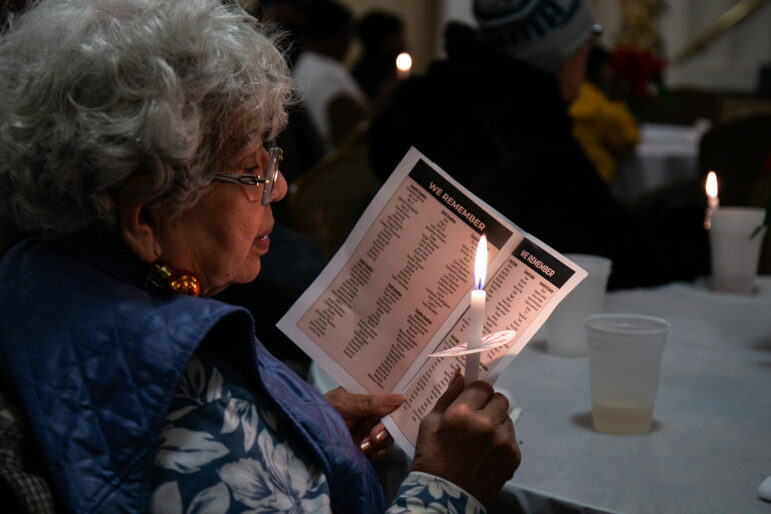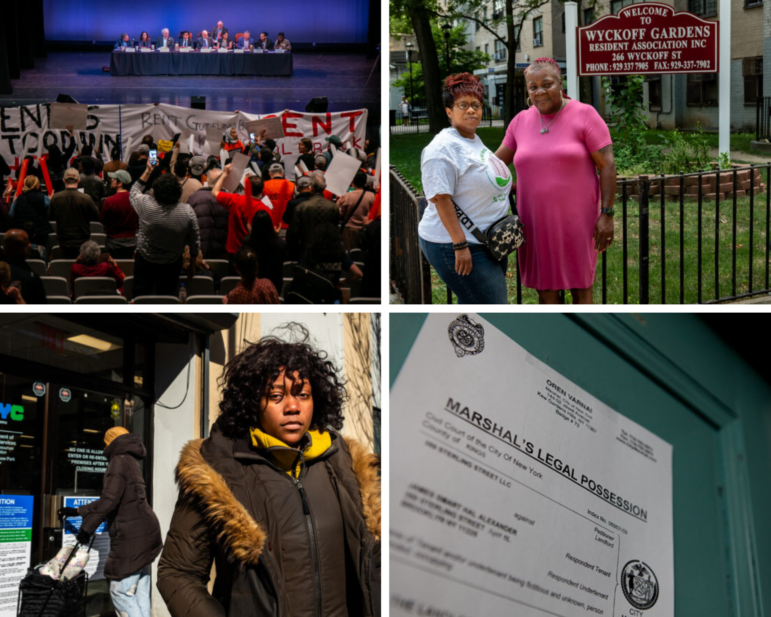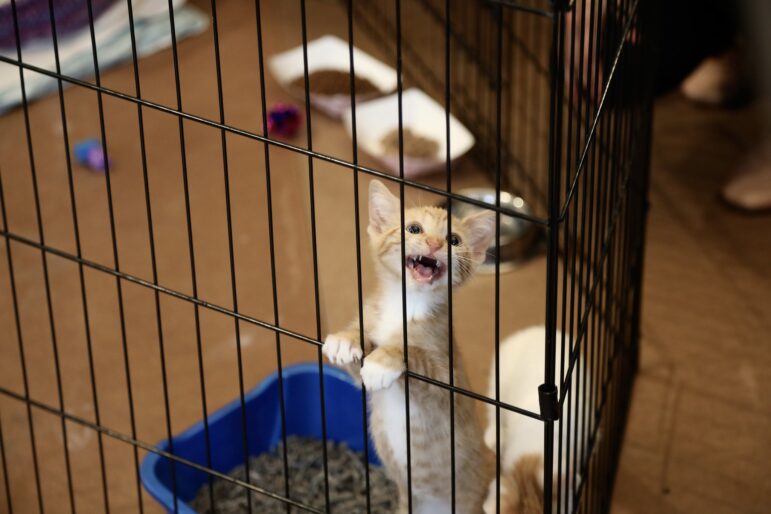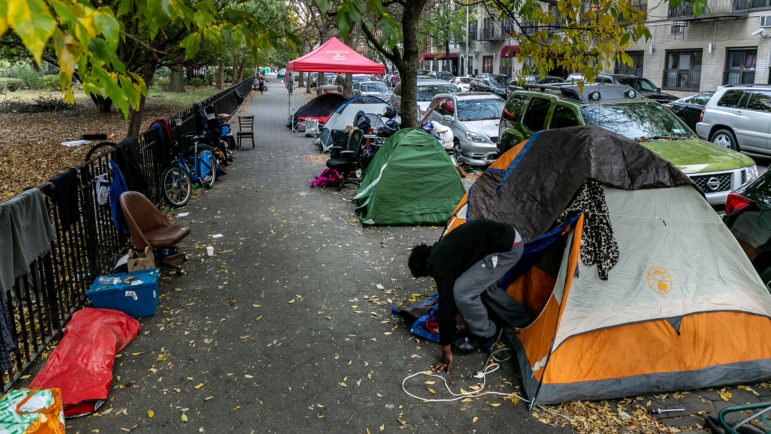
Photo by: Andreas F. Borchert
A stained-glass image depicts St. Finian and his followers constructing the abbey at Clonard.
Despite the gleam and glitter New York City presents to the world, on the ground, in its long and stubborn shadows of poverty, is a deepening affordable housing crisis gripping millions of people who struggle to live here. This dilemma is one of the most profound and pressing concerns facing the city’s political, civic and business leaders.
Even well-intentioned policymakers struggle with finding viable solutions to solve the affordable housing crisis. At issue, is the question of how to expand the pool of affordable housing options for more than half of the city’s residents, especially at a time of dwindling federal support, Congressional political will and local resources. There is one approach, however, that is showing promising results: the participation of alternative financing sources, particularly from religious institutions and other non-profits.
A prime example of this can be found in the work of the Catholic Charities of Brooklyn and Queens by way of its financing arm POP (an acronym from an encyclical letter of Pope Paul VI, Populorum Progressio). In recent years, it has been instrumental in developing and financing well over 100,000 affordable housing units in the two boroughs. Now, it is an important strategy that Mayor de Blasio should embrace as a model in addressing the crisis head on.
The need for safe, decent, affordable housing is skyrocketing in New York. The epidemic started back in the 1990s when private developers began a building boom of towering multimillion-dollar condominiums and co-ops for the uber rich. Such high-end development has and continues to uproot poor and working-class neighborhoods.
The general rule of thumb for affordable housing is whether a household can pay 30 percent or less of its annual income to keep a roof over its head. Anything more, often leaves people with little financial resources to pay for other necessities of life, like food, medical care, clothing, transportation or child care. According to Reis Inc., a commercial real estate research firm, the average rent for a market-rate New York City apartment is more than $3,000 a month. New York University’s Furman Center for Real Estate calculates that 58.4 percent of Brooklyn households are “rent burdened” and it’s 55.7 percent for Queens.
At the bottom rung, more than 50,000 New Yorkers are sleeping in public shelters, in parks and in the streets, according to the 2013 census.
As such, there is a new level of urgency for creative public policy solutions to solve New York City’s affordable housing crisis. An excellent first step is for the local government to partner and pool resources with organizations like the affordable housing agency of Catholic Charities of Brooklyn and Queens. The religious institution is making impressive strides.
For example, take the Msgr. Barretta Family Housing Development completed this year. Catholic Charities financed the $18 million, 64-unit building located in Brooklyn’s impoverished Ocean Hill-Brownsville neighborhood. The building incorporates federal low-income housing tax credits, funds from the city’s participation loan program and the state’s housing trust fund. Similarly, Catholic Charities’ POP recently developed, with capital from JP Morgan Chase, the 96-unit Peter Striano Residence in Howard Beach.
In an extremely competitive market, Catholic Charities of Brooklyn and Queens have the flexibility and internal financial resources to fund expected development costs. The organization also has a sophisticated financing capacity that has evolved with changes in the regulatory environment governing not-for-profit affordable housing programs.
After decades of diluting housing programs, the affordable housing landscape is arguably more capricious, more difficult and less effective. What is needed is collaboration, business savvy, willingness to work with the political process at multiple levels, neighborhood, city, state and federal and human generosity.








